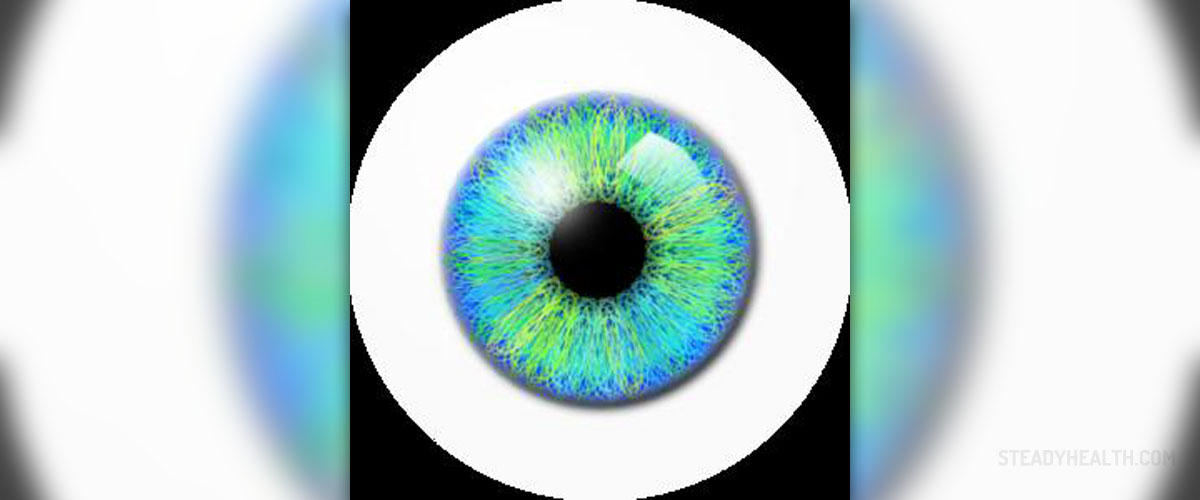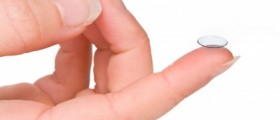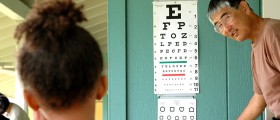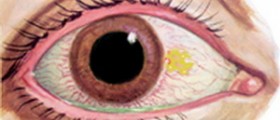
The human eye is a highly complex organ with multiple components. The basic role of the eye is to receive light signals, transfer these to the back of the eye where retina converts light signals into electrical signals and then sends these to the specific parts of the brain. Since each and every part of the eye can be affected by various conditions, it is clear that there are a whole range of diseases that may affect this organ in total. Fortunately, most conditions are treatable or resolve on their own leaving no complications. Still, some might precipitate severe damage and eventually lead to partial or total vision loss.
Importance of Eye Health
When it comes to eye conditions they can be roughly classified into genetic congenital and acquired.
As for genetic conditions we simply cannot do anything to prevent these since the genes we receive from our parents practically determine when the disease will occur and to what extent it will develop. In case of genetic conditions eyesight can be temporarily damage or completely lost. Similar situation is with congenital eye disorders. However, the majority of congenital condition can somehow be prevented.
And finally, we have acquired eye conditions. They are further classified into subtypes such as eye infections, autoimmune diseases, refractory eye diseases etc.
We might be able to prevent certain acquired eye conditions and this way keep our eyes safe from any damage although this is not possible all the time since there is no explanation how some diseases develop in the first place, therefore, it is not possible to apply suitable precautionary measures.
Keratoconus is one of many eye conditions characterized by structural changes of the cornea which eventually leads to vision issues. The cornea is under normal circumstances a dome-shaped organ capable of refracting light and sending it further to the lens of the eye. In people suffering from keratoconus the structure of the organ changes in such way so that its curvature becomes more prominent and the entire organ starts to protrude (bulge) outwards.
Keratoconus Eye Disorder
This is a acquired, degenerative disease interfering with the shape of the cornea. The organ becomes much more conical in shape compared to its normal gradual curvature. The condition is blamed for substantial distortion of vision. One also sees multiple images and is highly sensitive to light (photophobia).
In the majority of patients keratoconus is diagnosed during teenage years. Left untreated, it progresses even further and may become quite severe. One day the affected individual becomes completely unable to drive or even read. At work the condition might precipitate occasional eye pain, dry eye and lack of depth vision and interfere in one’s performance.
The underlying cause of keratoconus is not completely understood and identified. Although some studies have confirmed that the disease runs in families, no genetic connection has been established so far. One of the potential triggers of keratoconus are allergic conditions, especially allergic conjunctivitis. Recurrent inflammation of this type initiates repeated rubbing of both eyes and some believe that this rubbing is to blame for the onset of keratoconus. Such hypothesis need more evidence to be fully accepted. And finally, there are several more potential causes of the disorder one of which is a previous injury to the eye
It is essential to understand that keratoconus never leads to blindness. However, severe cases do interfere with one’s vision. One of potential complications of the disease is associated with LASIK surgery. Namely, in people who undergo LASIK surgery for refractory eye disease and who have not been evaluated for keratoconus, the very surgery will not help, but instead it will be quite dangerous.
As far as treatment goes, it is initially not invasive comprise specific eyeglasses and contact lenses. Only more severe forms of the disease are an indication for surgical correction.
Initially, all patients are prescribed spectacles or soft contact lenses while those in whom disease has already progressed can benefit from rigid gas-permeable lenses. These correct vision but are not actually efficient against disease progression. Today there are many specialized contact lenses available for individuals suffering from keratoconus. Some of these are specialized soft/hydrophilic lenses and silicone hydrogel lenses. Even piggyback lens combination (gas-permeable rigid lenses worn over soft lenses) might improve one’s vision. Finally, complex cases of irregular keratoconus require scleral lenses
When it comes to surgery, the disorder can be successfully corrected with penetrating keratoplasty (corneal transplantation). The surgery is indicated only in patients in whom keratoconus has progressed to a point where vision correction is no longer possible with available contact lenses. Penetrating keratoplasty is also performed when the thinning or the organ becomes excessive and there is scarring precipitated by prolonged used of rigid lenses.
Since the organ has no direct blood supply it is possible to use donor tissue with no blood type match. Also, rejection of the transplant is practically impossible.
All in all, keratoconus is progressive, degenerative disease which leads to different degree of vision distortion. Luckily, suitable treatments provide with optimal correction and even the most invasive one, organ transplant provides with highly satisfactory results.

















Your thoughts on this
Loading...